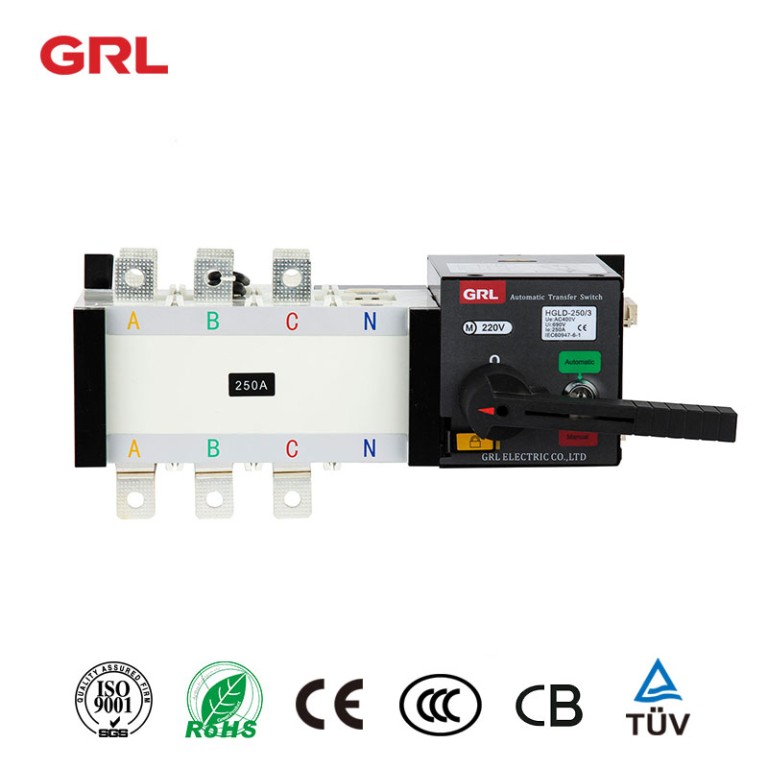
# Automatic Transfer Switch: Ensuring Uninterrupted Power Supply
## What is an Automatic Transfer Switch?
An Automatic Transfer Switch (ATS) is a critical component in backup power systems that ensures seamless transition between primary and secondary power sources. These devices automatically detect power failures and switch the electrical load to a standby generator or alternative power source without human intervention.
## How Does an ATS Work?
The operation of an automatic transfer switch follows a simple yet effective process:
- Continuously monitors the primary power source (usually utility power)
- Detects when the primary source fails or drops below acceptable voltage levels
- Sends a start signal to the backup generator
- Waits for the generator to reach proper voltage and frequency
- Transfers the load to the generator power
- Monitors the primary source for restoration
- Returns the load to primary power when it’s stable
- Shuts down the generator after an appropriate cool-down period
## Key Benefits of Automatic Transfer Switches
Keyword: Transfer Switch
1. Uninterrupted Power Supply
The primary advantage of ATS systems is their ability to maintain continuous power to critical loads during outages, preventing downtime and data loss.
2. Safety Features
Modern transfer switches include protection against backfeeding, which prevents generator power from flowing back into utility lines and endangering repair crews.
3. Reduced Human Error
By automating the transfer process, ATS units eliminate the need for manual switching, reducing the chance of operator mistakes.
4. Fast Response Time
High-quality transfer switches can detect power failures and initiate transfer in milliseconds, minimizing disruption to sensitive equipment.
## Types of Automatic Transfer Switches
1. Open Transition ATS
Breaks connection with the primary source before connecting to the backup source, creating a brief power interruption (typically 1-3 seconds).
2. Closed Transition ATS
Maintains power continuity by briefly paralleling both sources during transfer, ideal for mission-critical applications.
3. Soft Load Transfer
Gradually transfers load to avoid sudden power surges that could damage equipment.
4. Bypass Isolation ATS
Allows maintenance without disrupting power by providing a bypass path around the switch mechanism.
## Applications of Automatic Transfer Switches
ATS systems are essential in numerous settings where power continuity is critical:
- Hospitals and healthcare facilities
- Data centers and server rooms
- Telecommunications infrastructure
- Industrial manufacturing plants
- Commercial buildings
- Emergency services and public safety facilities
## Choosing the Right ATS for Your Needs
When selecting an automatic transfer switch, consider these factors:
- Load requirements: Calculate your total electrical load to determine the appropriate switch capacity
- Transfer time: Choose a switch with transfer speed appropriate for your equipment’s tolerance
- Number of power sources: Some systems may require switches capable of handling multiple backup sources
- Environmental conditions: Consider indoor/outdoor installation and temperature requirements
- Monitoring capabilities: Advanced switches offer